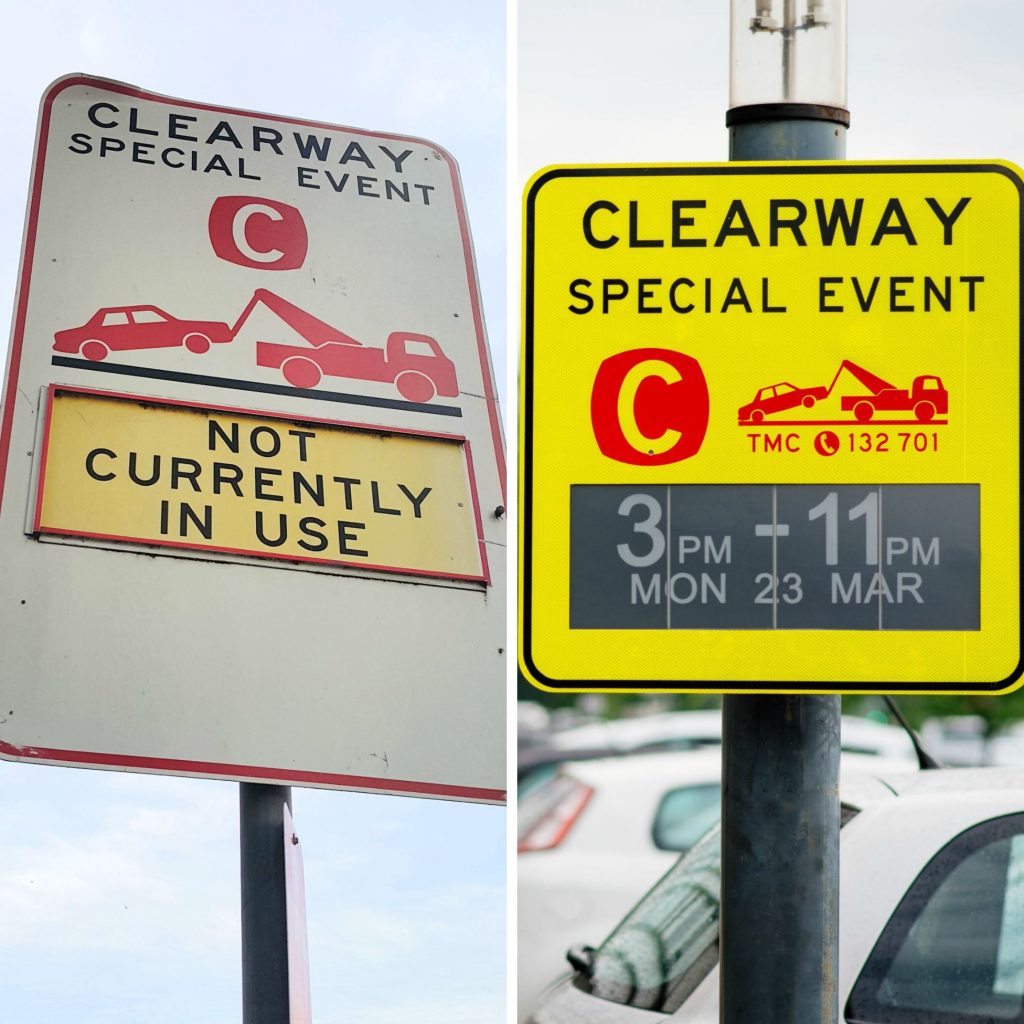

If the world is going to be covered in screens, those screens are going to be electronic paper
Visionect, 23 Jun 2016
The news is in, writes Wired: Electronic paper is becoming much bigger than just e-books. Supporting the epaper signage takeover is the reliable track record of first-generation products and the know-how of technology pioneers that make them tick.
The e-paper revolution is here
E-paper is going to take over the world sooner than you think, writes Wired in its article on the meteoric rise of electronic ink. The technology is becoming much bigger than just e-books, encompassing everything from billboards to price tags and the walls of your house.
There is only one display technology that checks all the boxes of versatile indoor and outdoor use: electronic paper.
This proliferation is made possible by the fact that there is only one display technology that checks all the boxes of versatile indoor and outdoor use, adds Wired. E-paper is rugged, requires very little power and can be used and viewed with ease in absolutely any conditions.
Market projections seem to agree where the future of electronic ink lies. Reports show that, while the market for e-book readers is about to slow down, electronic paper in the signage segment is poised to witness maximum growth during the next 6 years.

Compare: the user experience of analogue vs. electronic paper traffic signs, not to mention the maintenance costs. Proven through actual use, e-paper signs such as the eink traffic signs in Sydney have transitioned out of their incubation phase and into high-growth adoption, bridging the chasm between early adopters of the technology and the early majority.
Maturing into the mainstream
No wonder: the first-generation electronic paper signs have more than proven their worth in the field, operating with a reliable track record and a zero failure rate, saving both time and money for the integrator. These digital displays have led e-paper signage out of its incubation phase and on the path to high-growth adoption, bridging the chasm between early adopters of the technology and the early majority.
The first-generation electronic paper signs have more than proven their worth in the field, operating with a reliable track record and a zero failure rate.
In parallel comes a noticeable drop in technology prices, now market-driven, supported by greater demand and bigger production batches lowering production costs. It is a case of display history repeating: a similar trend could be observed years ago, when the increase in the demand for LCD technology saw prices fall rapidly and screen sizes increase at almost the same rate.
First Sydney, then the world
At the forefront of this next phase of electronic ink are groundbreaking projects such as e-paper traffic signs in Sydney, digitalized bus stops in the US and Europe and completely wireless digital door labels to name but a few.

The development of second-generation electronic paper products such as the epaper traffic signs in Sydney hinges on experience and lessons learned. First Sydney, then the world!
Creating a unique Internet of Things ecosystem of digital displays, the signs have been designed to overcome the usual visibility, powering and connectivity issues that plague both outdoor and indoor installations. Running on Visionect technology, they signal the beginning of electronic paper’s transition into the mainstream.
A pioneer of electronic paper industry, Visionect has long been at the forefront of the electronic paper wave.
Backed up by 9 years of deploying e-paper signs in the field with a success rate of 100%, Visionect has helped define best industry practices.
Backed up by 9 years of deploying e-paper signs in the field with a success rate of 100%, Visionect has helped define best industry practices, aware of one simple truth: as the electronic paper technology transitions into mass adoption, nothing beats experience. To quote Wired: If the world is to be covered in screens, those screens are going to be epaper. And it takes know-how to make them run smoothly.
As greater demand and large-scale production decrease the cost of e-paper technology, the prices of Visionect development kits have been lowered to support the new accessibility of electronic ink ﹘ including the 32’’ color and grayscale panels, the largest single electronic paper modules in production. The transition from a signage concept to a high-quality product in the field has never been this quick and this easy!
Tags

